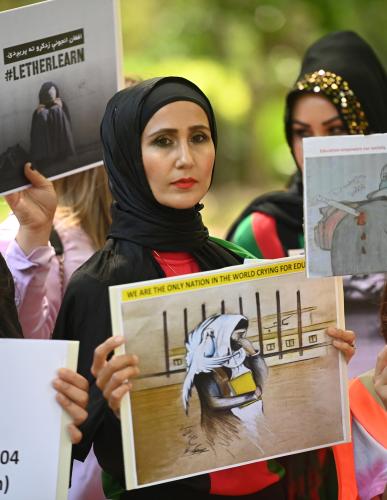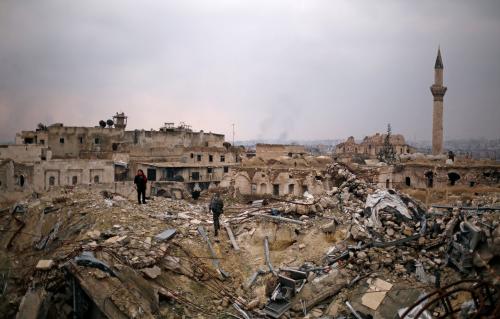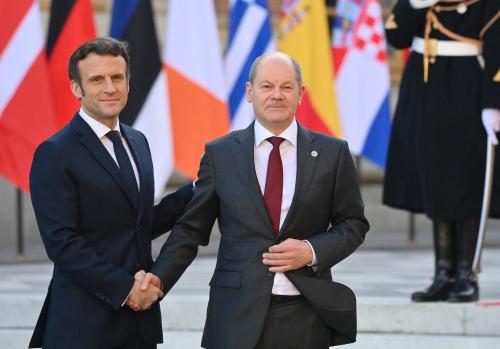This article is the fourth chapter of Beyond Preemption, edited by Ivo Daalder.
Introduction
In the middle months of 1944, Soviet, British, Chinese, and American statesmen met in Washington to begin to design a postwar architecture that could secure lasting peace. These officials were not quixotic utopians expecting their words on paper to deter future wars. Rather, their deliberations, and those that followed until the June 1945 signing of the UN Charter, presumed that power would remain in the foreground of interstate relations and be shared among strong states. Only by accepting the privileged position of the strong states could the emerging world order generate the coordination necessary to reduce the risk of recurrent major wars. The rules could only be effective to the extent that they were enforced by the strongest states.
The leaders of the Allied nations were realists who focused on national interests, embraced the efficacy of national strength buoyed by military and economic health, and denounced as naïve the view that principles alone could guarantee order. They eschewed Wilsonian idealism and the failed League of Nations. Instead, their views reflected Thomas Hobbes’s admonition that “covenants without the sword are but words, and of no strength to secure a man.” Thus the system they built was premised on the reality, indeed the utility, of national power.



Commentary
The Evolution of Humanitarian Intervention and the Responsibility to Protect
July 1, 2007